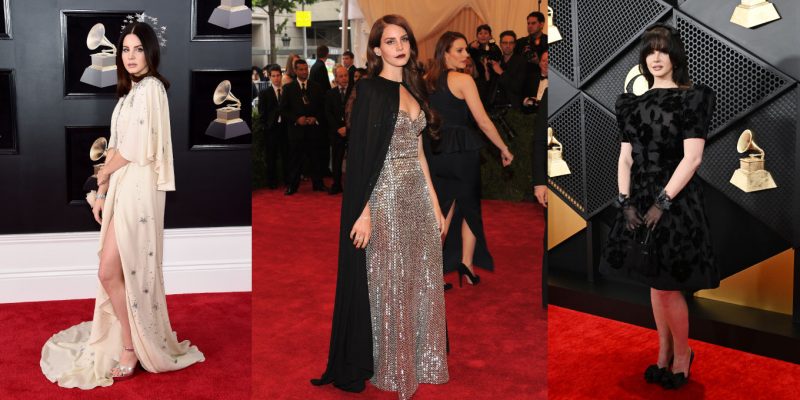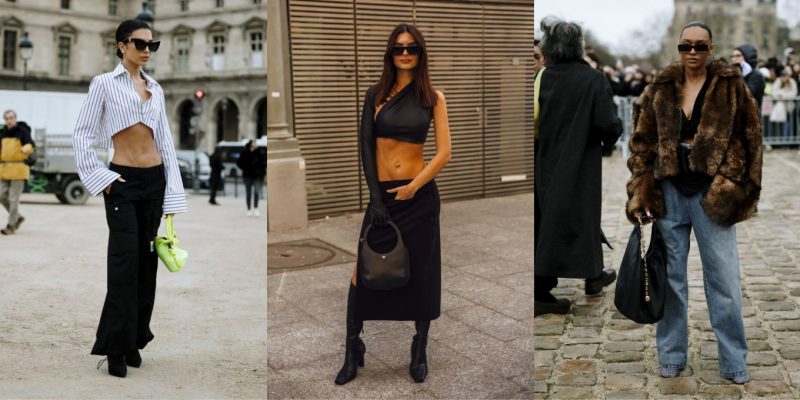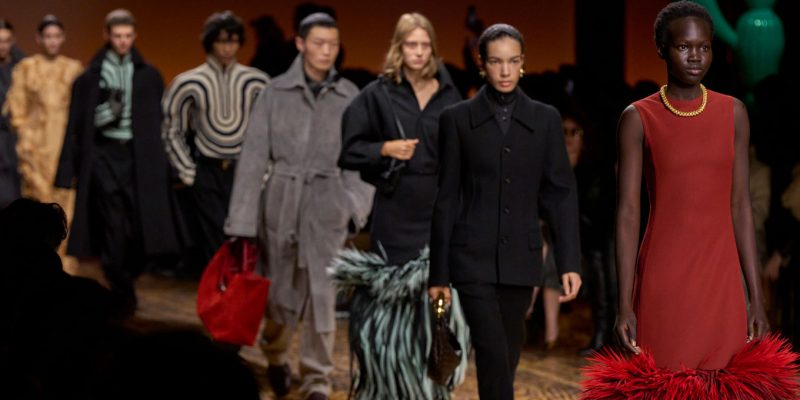Fashion Weeks
The Spring Runways Are Encouraging Us to Look for the Light
This season, designers made it clear that holding multiple truths at the same time might be the only way forward right now.
by : Randi Bergman- Apr 5th, 2024
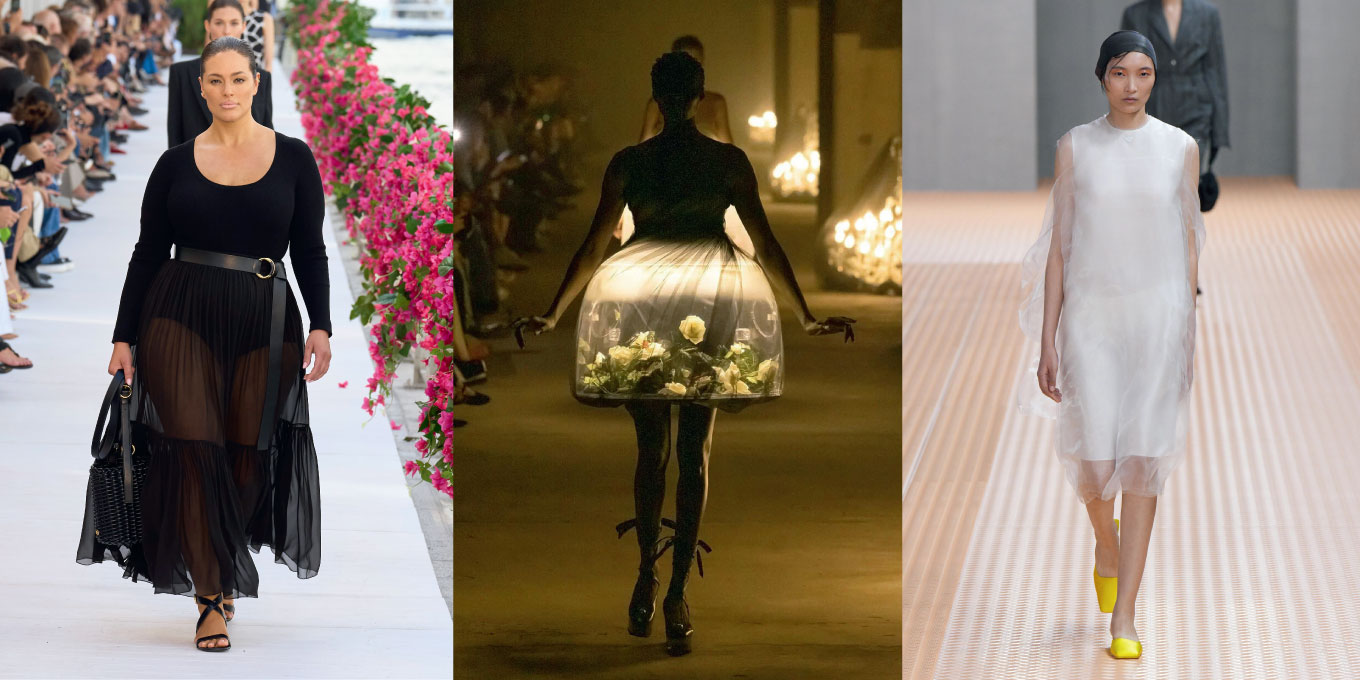
Launchmetrics Spotlight
There are times when writing about fashion feels absolutely essential. What better medium than the written word to convey the rush of self-expression? In many ways, I’ve discovered myself through the interpretation of this form of wearable art. But then there are times when it feels absurd. How could rising and falling hemlines compare to the catastrophes currently playing out in many parts of the world? Between the ongoing wars in Israel/Palestine, Ukraine and Sudan and the lagging economic, psychological and emotional fallout of the pandemic, it seems we’ve gone from trauma to hardship and back again since 2020, and there’s no end in sight. How could denim jackets numb the pain currently being felt by so many? I confess that in times like these, my chosen line of work feels futile.
But fashion, like other artistic mediums, has always held the power to both portend and respond to the very core of what we are feeling in a uniquely poignant way. I’ve never felt so much and so deeply as I have this past year—anguish, debilitating fear and joy have been playing on a loop in my head and my heart. Fittingly, this panoply of emotions, encompassing the nuances of lightness, darkness and all that lies in between, was mirrored by the looks presented on the spring/summer 2024 runways last fall.
“This season, designers made it clear that holding multiple truths at the same time might be the only way forward right now.”
Lightness—whether a gossamer ruffled gown at Dior, a transparent white dress with swanlike hip padding at Alaïa or delicate layers at Palomo Spain—seemed to underscore the desire for a soft armour in which to trudge forward. At Prada, organza dresses featured wispy soaring layers that trailed behind the models down the runway in a poetic effect that designers Miuccia Prada and Raf Simons referred to as a “haze.” These dresses were part of the duo’s ode to handcraftsmanship—the kind you need to see in motion and preferably IRL. “We tried to make the best out of our work—to make beautiful things for today,” said Prada back- stage. “That may sound banal, but it is the truth.” At Chloé, designer Gabriela Hearst celebrated her final collection for the house with a joyous parade of models in soft floral appliqués and ruffles dancing alongside a Brazilian samba band. All this to say: There’s more to life beyond the binaries of right and wrong that play out on our screens.
Meanwhile, black—not traditionally a spring colour—was seen in similarly gauzy, gravity-defying layers at Saint Laurent, Michael Kors and Mugler, where suspended industrial fans transformed the runway into a theatrical wind tunnel for the dresses to float in. You could say that such an absence of colour reflects the darkness of our times, but done up in such ethereal fashion, it felt like designers were holding space for optimism, no matter how heavy the circumstances. At Undercover, designer Jun Takahashi ended his show with a series of transparent tulle dresses that revealed glowing terrariums housing real flowers and live butterflies. “He feels like he’s stuck in the world, and he wants to release himself,” said an interpreter backstage. The show was soundtracked by the score of 1987 Wim Wenders film Wings of Desire, in which a group of invisible angels try to comfort a group of sad humans. Such a fantasy would certainly be welcome now.
 Rick Owens
Rick OwensHistorically, times of conflict have been reflected in the fashion of the day. During and after the Second World War, surreal- ism emerged as a mode of self-expression, and designer Elsa Schiaparelli famously created alternative realities through artistic collaborations that served both as commentary and distraction.Her “Tears” dress, which was designed in collaboration with Salvador Dalí in 1938, featured trompe l’oeil rips and tears that were meant to give the illusion of torn animal flesh—a supposed comment on the rise of fascism. A year earlier, she’d made an evening coat alongside Jean Cocteau that featured embroidered profiles of two women facing each other. In the negative space, a vase of roses standing on a fluted column appeared—visual trickery that begged us to see other perspectives.
In the seasons following September 11, 2001, designers— many of whom had previously revelled in the glamour and excess of the turn of the millennium—often referenced the idea of protection, designing clothes that could provide comfort and defence against an uncertain future. “The industry responded much like the rest of the country—with anger, shock and bold strokes of patriotism,” wrote fashion columnist Robin Givhan in an article for The Washington Post in 2002. Of the fall/winter 2002/2003 season, she wrote: “There was a greater awareness of how even the most modest examples of frivolity might be perceived in a world racked by grief and fear. […] Solidity holds the most allure.” Marc Jacobs, whose previous collection had been shown the night before 9/11, replaced the colour and exuberance of his spring collection with a restrained, melan- cholic ode to Edwardian military style. And Ralph Lauren presented an almost-all-black collection of solemnly elegant tailored pieces and eveningwear.
This season, designers made it clear that holding multiple truths at the same time might be the only way forward right now. And perhaps no one summarized that better than fashion’s dark prince, Rick Owens, who infused his typically macabre looks with flashes of joy. With Diana Ross singing “I still believe in love” on the soundtrack and rose petals shooting into the air, models walked in tulle and organza skirts that looked to be suspended in mid-air, capes that billowed like parachutes and sheer veils that belied a sense of romance despite their shielding. It was a message of beauty, hope and love—some- thing we could all use these days. And while it feels nothing short of naive to wish for such things at this moment in time, if Owens can do it, so can we all.
Read more:
Phoebe Philo’s World Is Filled With Fervour—And Controversy
Finding Black Joy in the Deep South
Diane von Furstenberg’s New Tribute Collection Pays Homage to Her Iconic Wrap Dress
Newsletter
Join our mailing list for the latest and biggest in fashion trends, beauty, culture and celebrity.
More from Fashion Weeks
Read Next
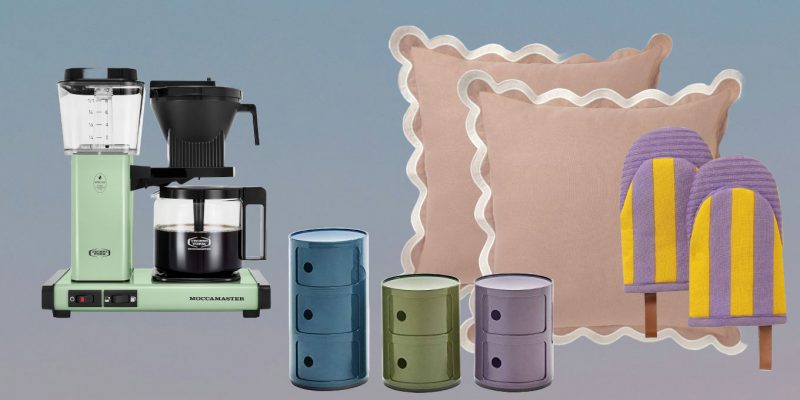
Decor
10 Amazon Decor Finds That Belong in a Designer’s Home
Yes, Amazon.
by : Maca Atencio- Apr 29th, 2024
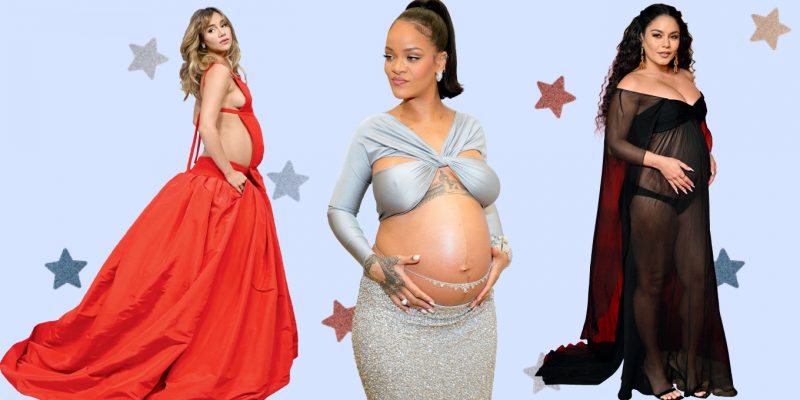
Fashion
Pregnant Bellies Are Moving Into the Spotlight
Viva la MILF!
by : Jillian Vieira- Apr 29th, 2024
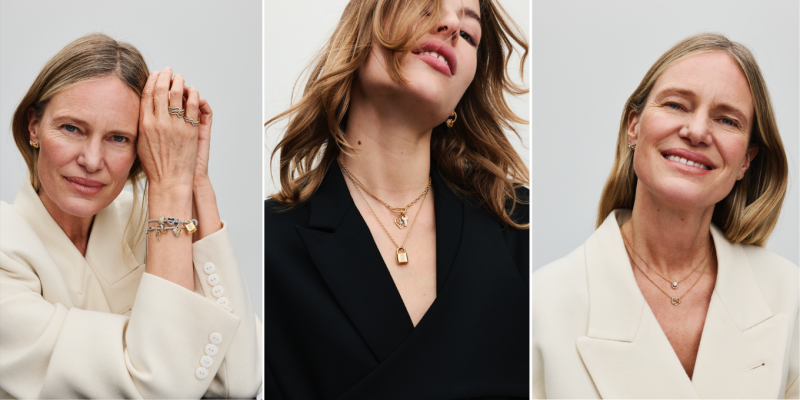
Fashion
8 Sparkling Jewellery Gifts to Give This Mother’s Day
Show your gratitude with pieces they’ll have forever and ever.
by : ELLE Canada- Apr 29th, 2024

